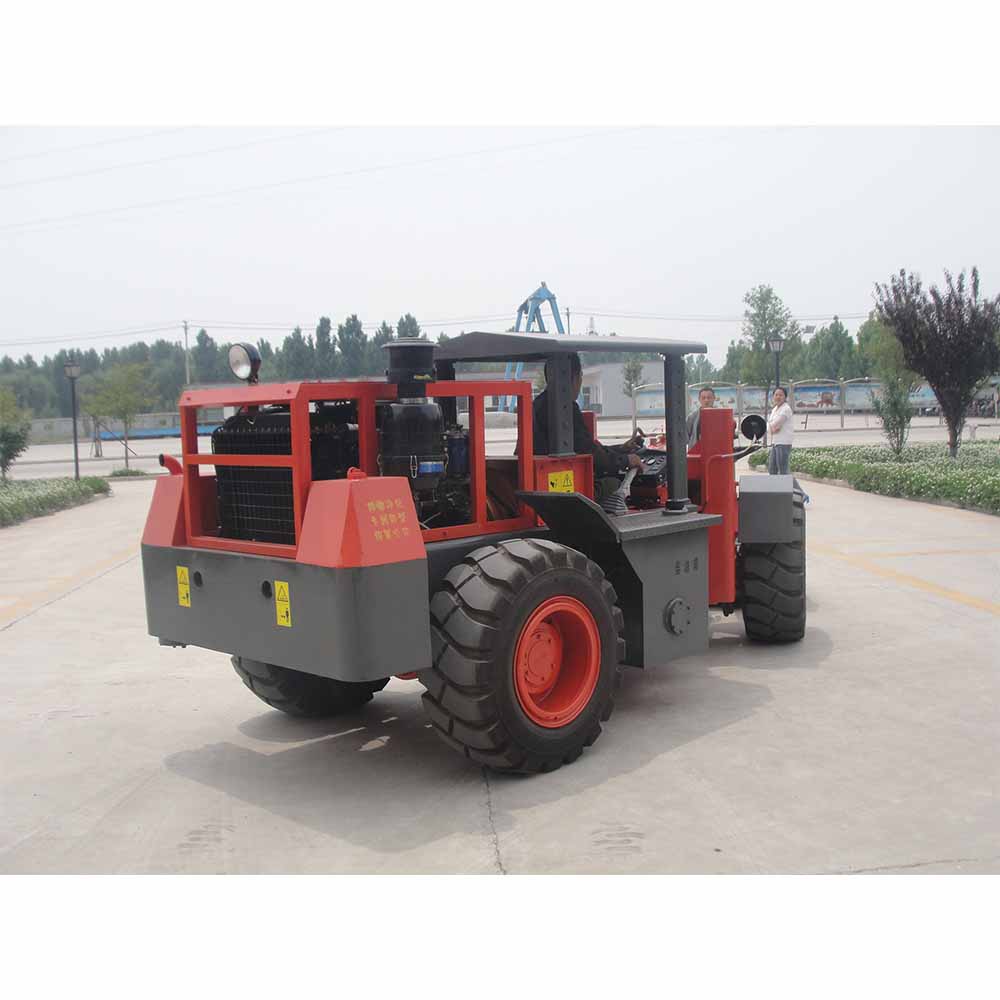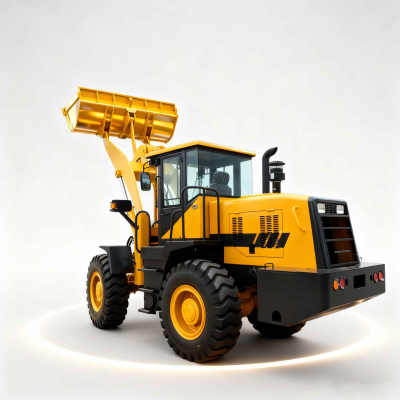Comprehensive Overview of the Power System in Underground Loaders
Power System of Underground Loaders
Underground loaders are essential equipment used in special environments such as underground mines. Their power systems are designed to adapt to harsh conditions, including narrow spaces, low ceilings, humidity, and dust, providing stable and reliable power support. The system mainly consists of the engine, transmission system, hydraulic system, and electrical system.
Engine: The Power Core
Underground loaders typically use diesel engines as their power source. These engines are specially designed to offer high power density, low emissions, and excellent durability. To accommodate the poor ventilation and low oxygen levels found underground, the engines are equipped with efficient air filtration and turbocharging systems, ensuring stable combustion and sufficient power output even with limited air supply. Additionally, advanced exhaust treatment technologies effectively reduce harmful emissions, minimizing environmental pollution in underground settings.
Transmission System: Power Transmission
The transmission system is responsible for transferring power from the engine to the wheels, enabling the loader to move and perform operational tasks. It usually includes components such as the clutch, gearbox, drive shaft, and drive axle. Underground loaders often utilize hydraulic mechanical transmission, where the hydraulic torque converter automatically adapts to load changes, allowing for smoother starts and gear shifts while reducing shock and wear. The gearbox provides multiple forward and reverse gears to meet varying speed and traction requirements in different working conditions.
Electrical System: Control and Monitoring
The electrical system supplies power to the loader's lighting, signaling, instrumentation, and control systems. It also monitors and controls the engine, transmission system, and hydraulic system, ensuring safe and efficient operation of the loader.
Hydraulic System: Operational Power
The hydraulic system provides power to the loader's working devices, such as the lifting and tilting of the bucket. This system consists of a hydraulic pump, hydraulic cylinders, control valves, and a hydraulic oil tank. The hydraulic pump converts the mechanical energy from the engine into hydraulic energy, regulating the flow and pressure of hydraulic oil through control valves to drive the hydraulic cylinders for various operational tasks. The hydraulic system of underground loaders is characterized by high pressure and large flow rates, ensuring that working devices can quickly and powerfully complete loading and unloading tasks.
Through the coordinated operation of these systems, underground loaders can efficiently and safely perform tasks in complex mining environments.





